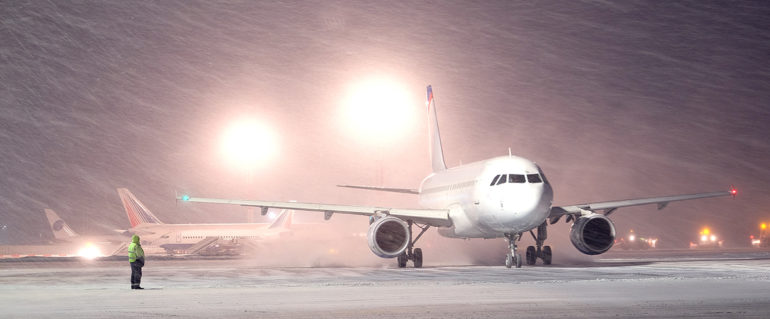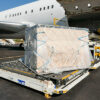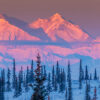Strange Alaska: Microclimates, Extreme Weather and More
For some, it’s obvious why people move to Alaska. Alaska has a beautiful and rugged terrain fit for an expansive landscape painting. But, while it’s natural beauty is well known, let’s explore the strange weather and phenomenon that Alaska has that may not be so widely known.
Different Zones, Different Climates
Alaska is so vast that it has different sections, each with distinctive weather patterns. Most of Alaska is in the North Temperate Zone and approximately a fourth is in the Arctic Circle. In interior Alaska, Fairbanks reaches the 90s in the summer, while the Arctic Circle experiences several months of almost complete darkness a year.
Then, there are six defined regions of Alaska; Southeastern, South Central, Interior, Southwestern, Bering Sea coast, and the Arctic. Most people live in the first three due to more hospitable weather, while others draw residents for exploration or lucrative business opportunities like oil or fishing.
Elevation
Elevation of the terrain also matters when exploring the types of weather you might experience. Lower elevations in interior Alaska experience typical seasonal temperature ups and downs - freezing in the winter and high temperatures in the summer. Lower elevations also experience something called temperature inversions in the winter, where a layer of dense, warm air covers a layer of cold.
By contrast, the southern and coastal coastlines are more temperate most of the year.
Winter vs. Summer
Though the days are long and warm in the summer, Alaska once registered a record cold temperature of -79.8 degrees Fahrenheit in the winter. The contrast between summer and winter is severe. In Fairbanks, it can drop to -30 degrees or more for weeks at a time in the winter months. In Anchorage, there is an average of 79 inches of snow per year, while just an hour north, Alyeska receives 178 inches annually. In this sense, Alaska has its own microclimates. Drive an hour or two from wherever you are in Alaska and expect to see a 30+ degree change in temperature.
The summer and winter weather also extends to how bright the day is. In the summer, Alaskan’s get something called the midnight sun, where they can experience anywhere from 18-21 hours of sunlight or twilight, while the winter experiences mostly darkness for months on end.
Aurora Borealis Season
One of the most showstopping occurrences in Alaskan weather is the northern lights. Typically starting in mid-September and lasting through April, this time is called “Aurora Season.” Auroras occur year-round, but because of how bright it is throughout the summer, they are not visible. Aurora’s happen from geomagnetic storms brought on by the solar wind.
Thunderstorms and Cyclones
Surprisingly, Alaska isn’t known for frequent or severe thunderstorms. Thunderstorms are classified as severe if they exhibit one of the following: hail the size of a quarter or more, tornado, or winds that are 60 MPH or stronger. From 2002 to 2016, the National Weather Service only recorded 55 severe thunderstorm warnings in Alaska, where Boston can have upwards of 80+ warnings on an annual basis.
Cyclones are a different story. Over the years, the Bering Sea has created many cyclone-like weather patterns. In 1950 the strongest wind gust ever recorded was at 159 MPH. In 2011, Alaska experienced one of the most destructive cyclones recorded in state history. This cyclone was so severe it had several newsworthy titles, including Alaska Mega-Storm, Extratropical Cyclone, and Bomb Cyclone. Many islands in the Bering Sea were affected by large amounts of flooding, resulting in damage to coastal towns, and loss of heat and electricity. However, because of the sparse population, gratefully, there was only one known casualty.
Regardless of the weather, location, or time of year, Alaska Air Forwarding is here to help you ship what you need to this beautiful and sometimes unpredictable state. Contact us for any questions about how we can serve you and your shipping needs to the last frontier.







